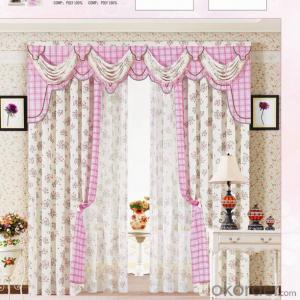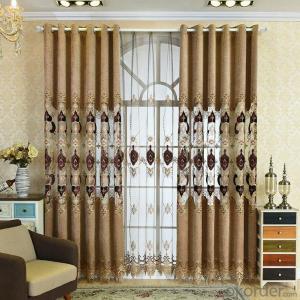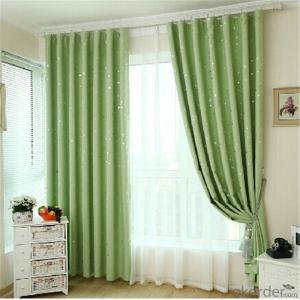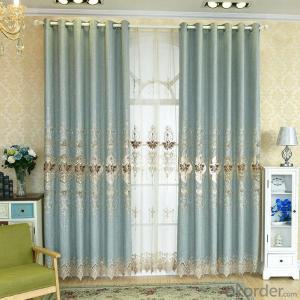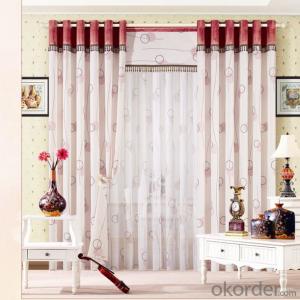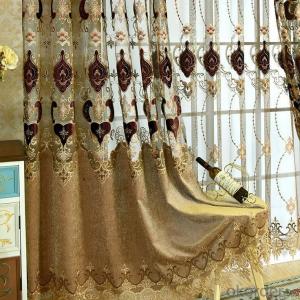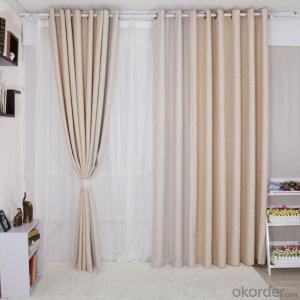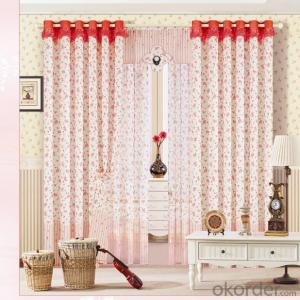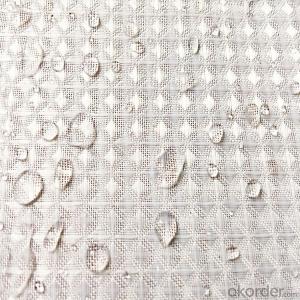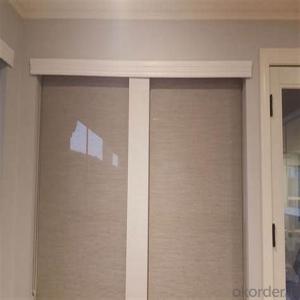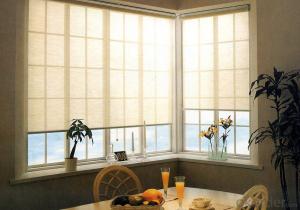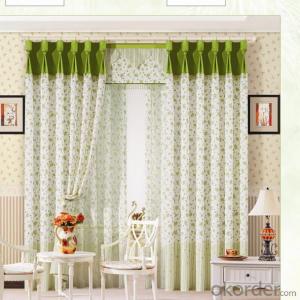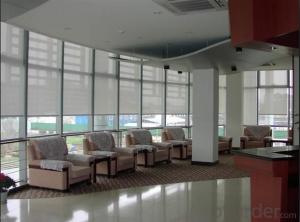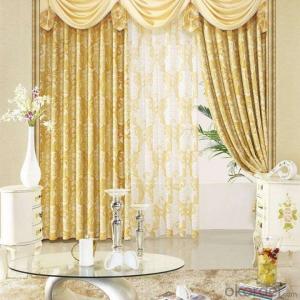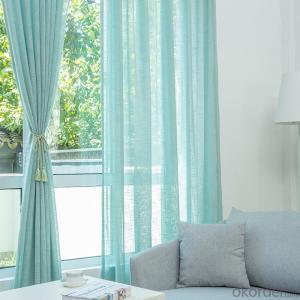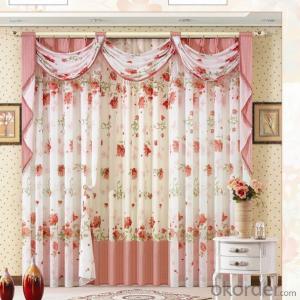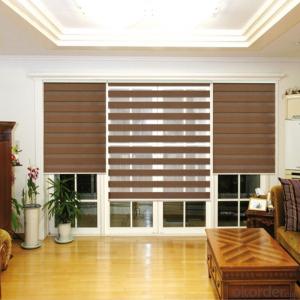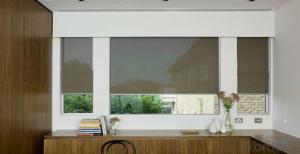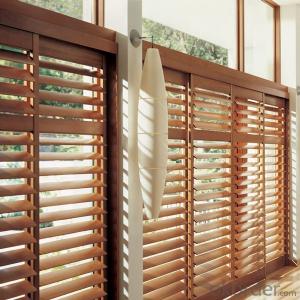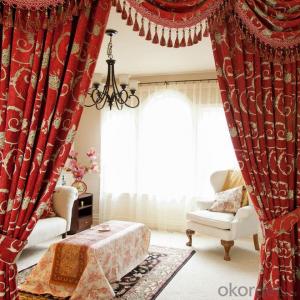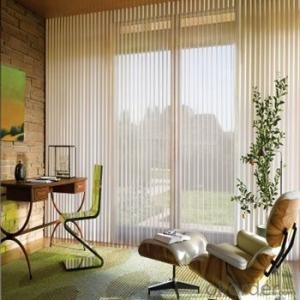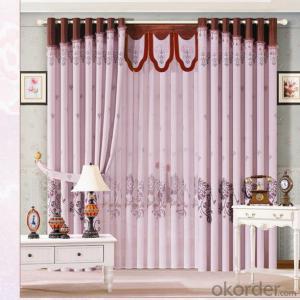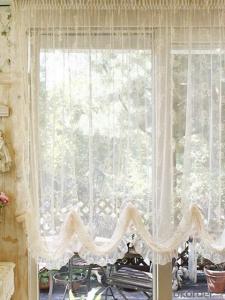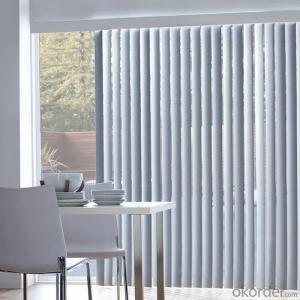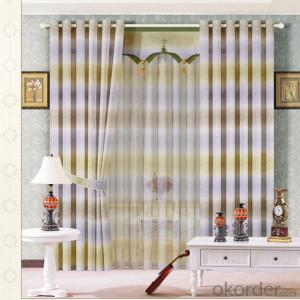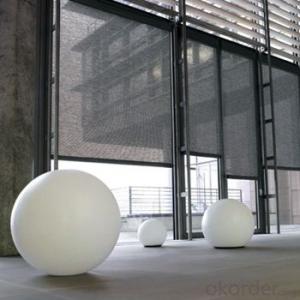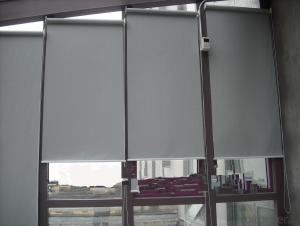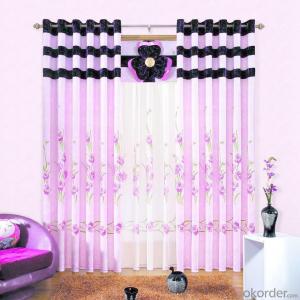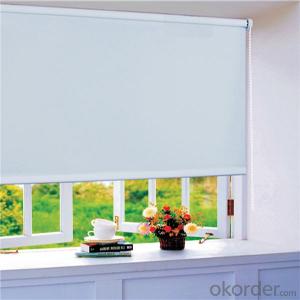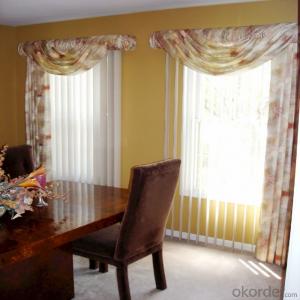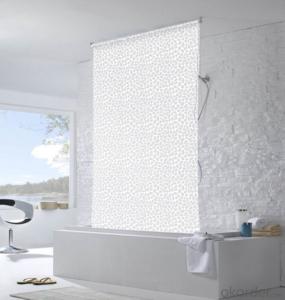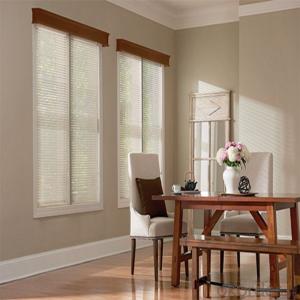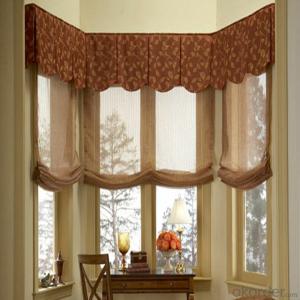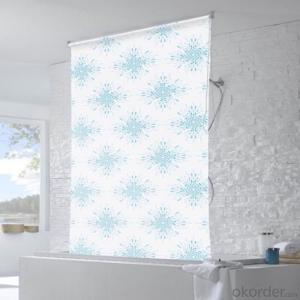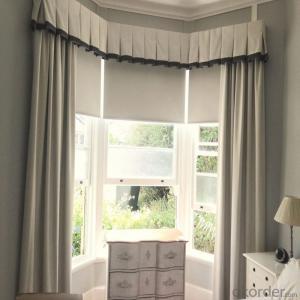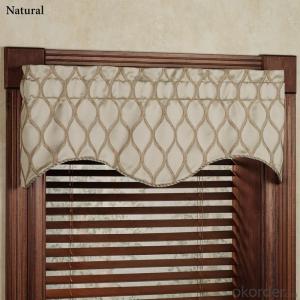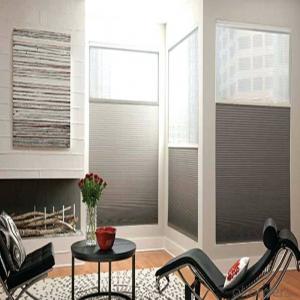Roller Shades For Windows
Roller Shades For Windows Related Searches
Custom Shades For Windows Cloth Shades For Windows Solar Shades For Windows Roof Window Shades Roller Shutter Wallpaper For Office Walls Window Closers Colored Plastic Sheeting Rolls Folding Chair With Wheels Color Tile Lights For Bedroom Walls Roller Pulley Wheels Peelable Paint For Cars Wall Lights For Bedrooms Classic Car Window Rubbers Track Lighting For Walls Texture Coating Exterior Walls Retractable Drawer Slides Holiday Lights For House Lights For Houses Indoor Ready Made Window Blinds Courtesy Lights For Cars Horizontal Window Blinds House Roof Sheets Indoor Lights For Houses Outside Lights For Trees Computer Reading Glasses Classroom Chairs With Wheels glass bead wallpaper Modern Glass Wall LightsRoller Shades For Windows Supplier & Manufacturer from China
Roller Shades For Windows are versatile window treatments that offer a sleek and modern appearance while providing effective light control and privacy. These shades are designed to be easily rolled up or down, allowing users to adjust the amount of light entering a room as desired. They are an excellent choice for both residential and commercial settings, offering a stylish and functional solution for any window.Roller Shades For Windows are commonly used in a variety of settings, such as homes, offices, and retail spaces. They are particularly popular in areas where glare reduction and UV protection are important, as they effectively block out harsh sunlight while still allowing for a softened natural light to filter through. Additionally, these shades can help to insulate a room, reducing energy costs by keeping the space cool in the summer and warm in the winter. Their minimalist design also makes them a popular choice for those looking to create a clean, uncluttered aesthetic in their space.
Okorder.com is a leading wholesale supplier of Roller Shades For Windows, boasting a vast inventory of high-quality products to suit a wide range of needs and preferences. With a commitment to providing exceptional customer service and competitive pricing, Okorder.com is the ideal choice for those looking to purchase roller shades in bulk for their business or personal use. Their extensive selection ensures that customers can find the perfect shades to complement their unique design vision, while their reliable shipping and handling processes guarantee that orders arrive promptly and in excellent condition.
Hot Products
